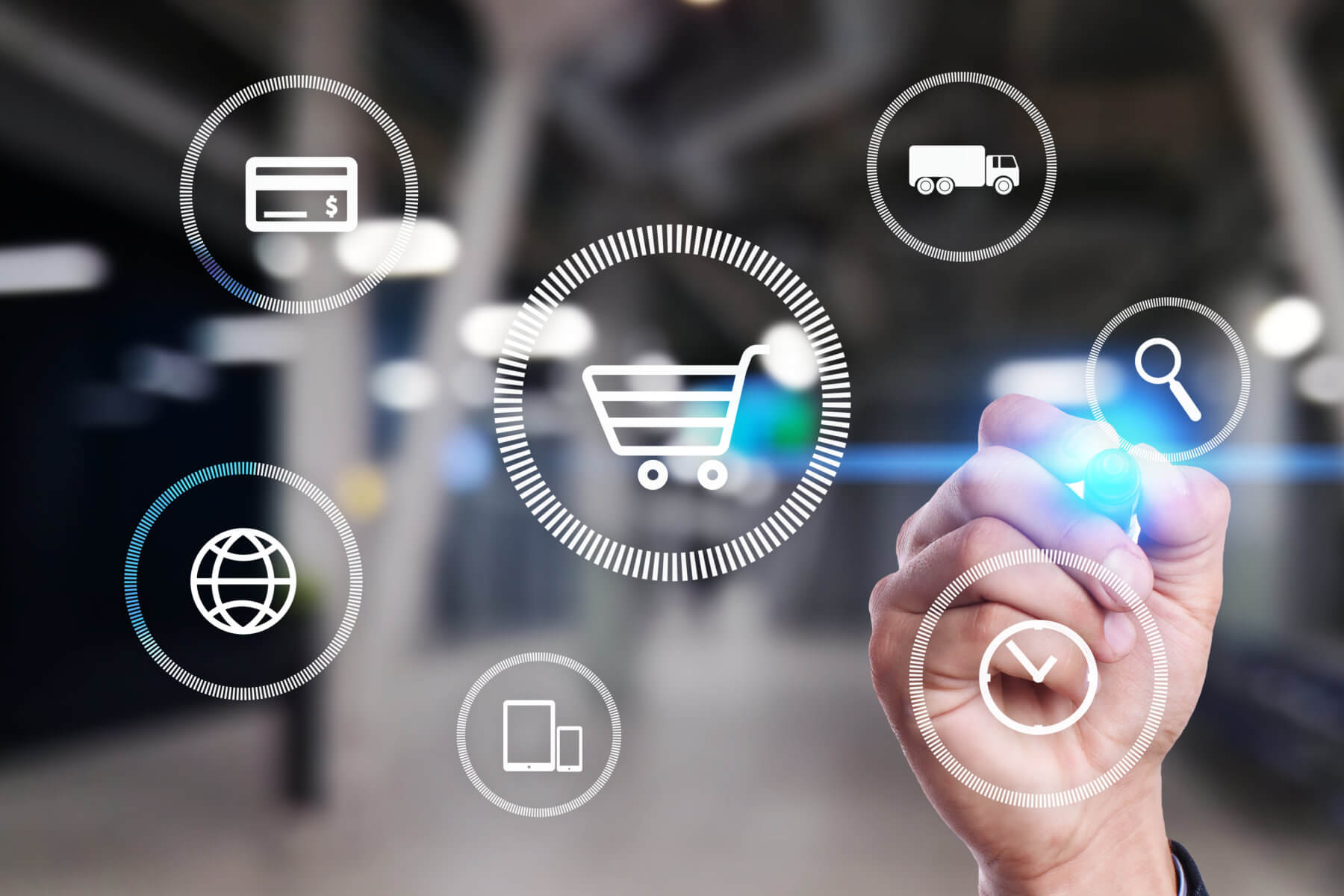Data and tech advancements provide an opportunity for seamless integrations between brands and retailers.
As a result of GDPR, most companies cleaned up their data, or at least have a better understanding of its source and components, and that sets the foundation for better customer communications. First party data is the most valuable for brands, and can be an excellent base to build lookalikes or propensity models from. There is a bright future for second party data relationships and the development of solutions that bring partnership growth. Beyond audience insights and targeting, there is an opportunity to partner through technology such as DMP integrations or click through automation to preferred destination based on shared data.
There is a bright future for 2nd party data relationships and the development of joint solutions that bring growth”
Digital trade media needs to become automated and the data associated with these agreements needs to be transparent, in the way that digital marketing has evolved. Here are a few potential ways that brands and retailers can work together to drive growth in the future.
Connecting communications to commerce
In the future brands will break down the silos between the marketing and sales teams without isolating e-commerce as a third silo. This includes negotiating for more real-time retailer sales data to enable marketing modelling against total sales. Additionally, enabling retailers to make more informed targeting decisions and bid strategies based on your audience insights, product priorities and campaign timings. At minimum, brands and retailers should welcome third party Buy Now technologies, such as ChannelSight, to drive traffic from brand campaigns and provide sales back on that traffic.
E-commerce intelligence for B2B
To enable better ways of working and a more aligned approach to retailer relationships, brands can use internal and external data to develop tools that enable sales teams to have more informed discussions with retailers. This includes solutions that enable real time optimisation rather than set yearly agreements such as competitive pricing alerts.
Stock and price feeds on brand sites
An evolution on the current Where to Buy or Buy Now technologies is to include stock and pricing information, to ensure that customers are able to find the nearest store where a product is in stock or where they can find the best price. You may require a feed aggregator considering most retailers use different feed providers, but the value back to a customer experience is worth the investment.
Second party audience segments
As DMP or customer data management solutions evolve, there will be an opportunity for brands and retailers to create second party audience segments to target jointly. As an example, if both parties are utilising the same DMP, and have up to date privacy policies of course, couldn’t they each make their targeting more relevant?
Machine learning
Using machine learning or artificial intelligence to further relevant customer experiences is a huge opportunity for brands. How can you provide solutions to be seen as a category leader? For example, we have worked with Coty to create a product recommendation app called Fragrance Finder on Boots.co.uk. This same logic can be used to develop chat bots or recipe solutions for food brands. This can also lead to potential 2nd party data opportunities with non-competitor products focusing on creating moments within a category.
SIGN UP FOR ZENITH INSIGHTS



